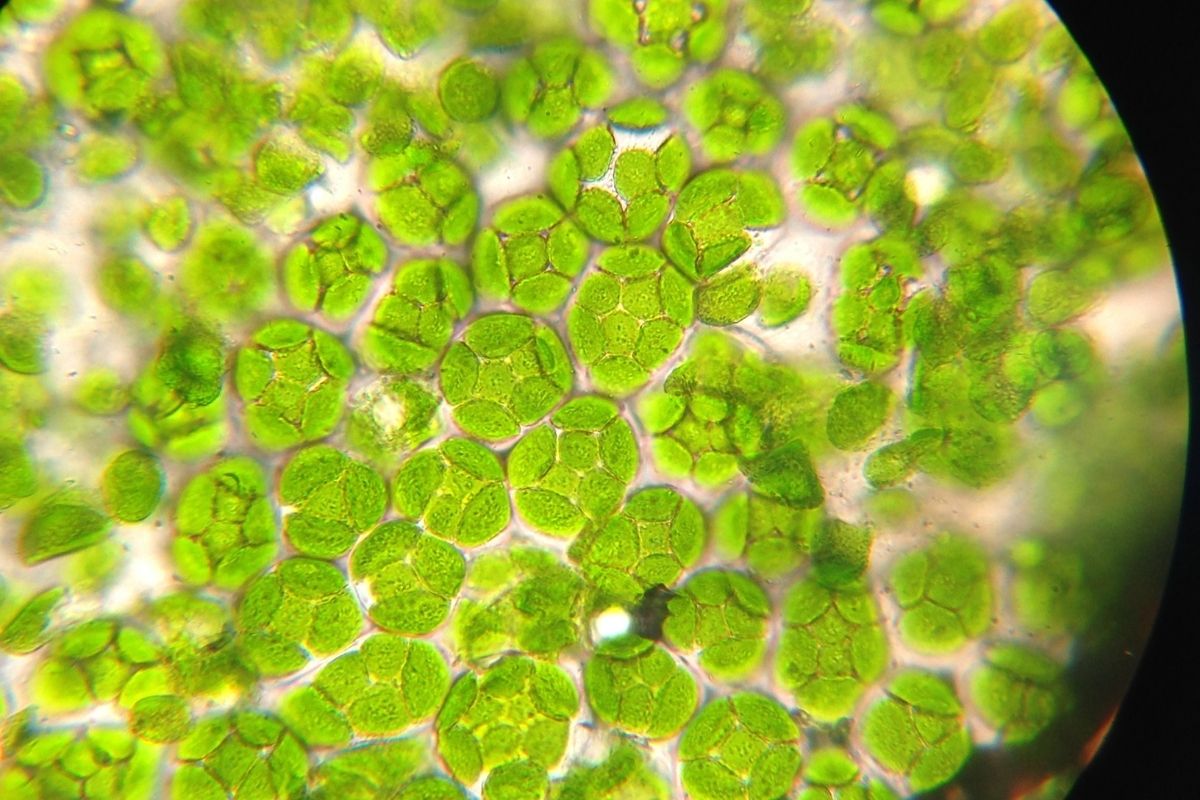Plants – Cây cối, thực vật chủ yếu là sinh vật đa bào, chủ yếu là sinh vật nhân thực quang hợp. Thực vật được coi là một trong hai vương quốc bao gồm tất cả sinh vật sống không phải động vật, và tất cả tảo và nấm đều được coi là thực vật.
Cây xanh thu được hầu hết năng lượng từ ánh sáng mặt trời thông qua quá trình quang hợp bởi các lục lạp sơ cấp có nguồn gốc từ quá trình nội cộng sinh với vi khuẩn lam. Lục lạp của chúng có chứa chất diệp lục a và b, mang lại màu xanh lục cho chúng. Một số cây bị ký sinh hoặc nấm mốc và mất khả năng sản xuất lượng diệp lục bình thường hoặc quang hợp, nhưng vẫn có hoa, quả và hạt. Thực vật được đặc trưng bởi sinh sản hữu tính và luân phiên của các thế hệ, mặc dù sinh sản vô tính cũng phổ biến.
Có khoảng 320.000 loài thực vật, trong đó phần lớn, khoảng 260–290 nghìn, tạo ra hạt giống. Thực vật xanh cung cấp một tỷ lệ đáng kể lượng oxy phân tử trên thế giới, và là cơ sở của hầu hết các hệ sinh thái trên Trái đất. Thực vật tạo ra ngũ cốc, trái cây và rau quả cũng là thực phẩm cơ bản của con người và đã được thuần hóa trong nhiều thiên niên kỷ.
Thực vật có nhiều mục đích văn hóa và sử dụng khác, như đồ trang trí, vật liệu xây dựng, vật liệu viết và, rất đa dạng, chúng là nguồn cung cấp thuốc chữa bệnh và thần kinh. Ngành nghiên cứu khoa học về thực vật được gọi là thực vật học, một nhánh của sinh học.
Hãy cùng trẻ tìm hiểu một số từ vựng tiếng Anh theo chủ đề Plants – Cây cối nhé!
Từ vựng chủ đề Plants – Cây cối
flower (n): hoa
The part of a plant that bears seeds and also has reproductive organs
→ We specialize in send flowers, plants and special gifts in Argentina and worlwide.

—
germinate (v): nảy mầm
When a seed or spore begins to grow
→ Seeds of discontent began to germinate and grow until finally rebellion against minority rule broke out in the form of an all-out war —one that did not end until 1980.
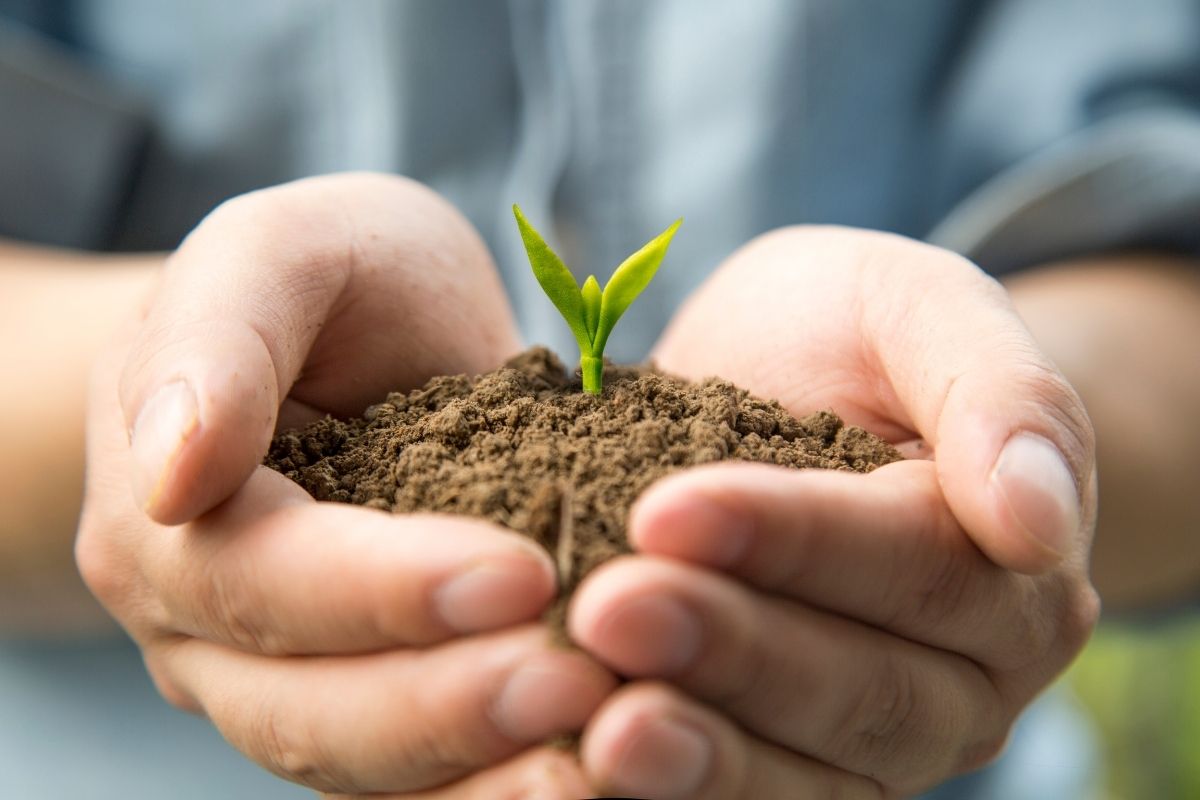
—
grow (v): mọc, phát triển
To undergo physical changes through natural occurrences. Usually results in becoming larger in size
→ More medical experiments were performed in June, and attempts were made to grow plants, including onions.
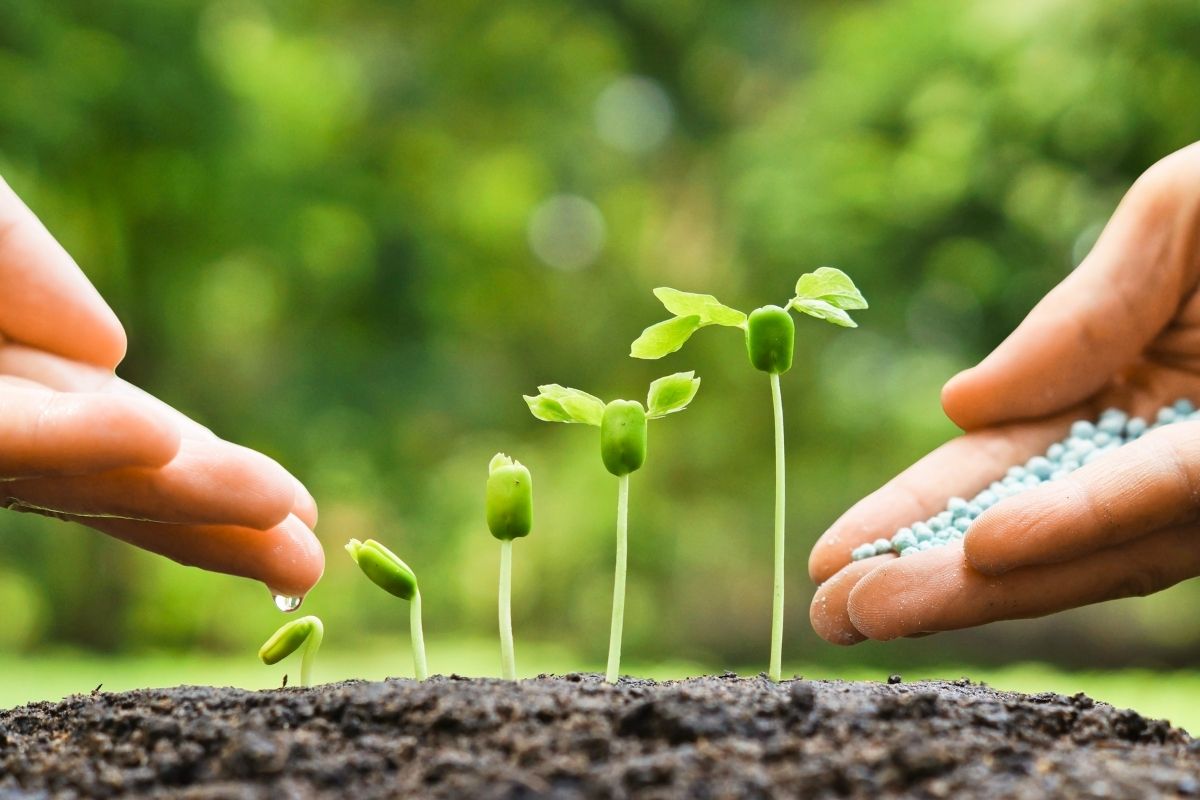
—
leaf (n): lá
The flat, green, areas of a plant that are attached to the stem
→ Specifically, leaf length of developing seedlings increased significantly as a function of outcrossing distance.
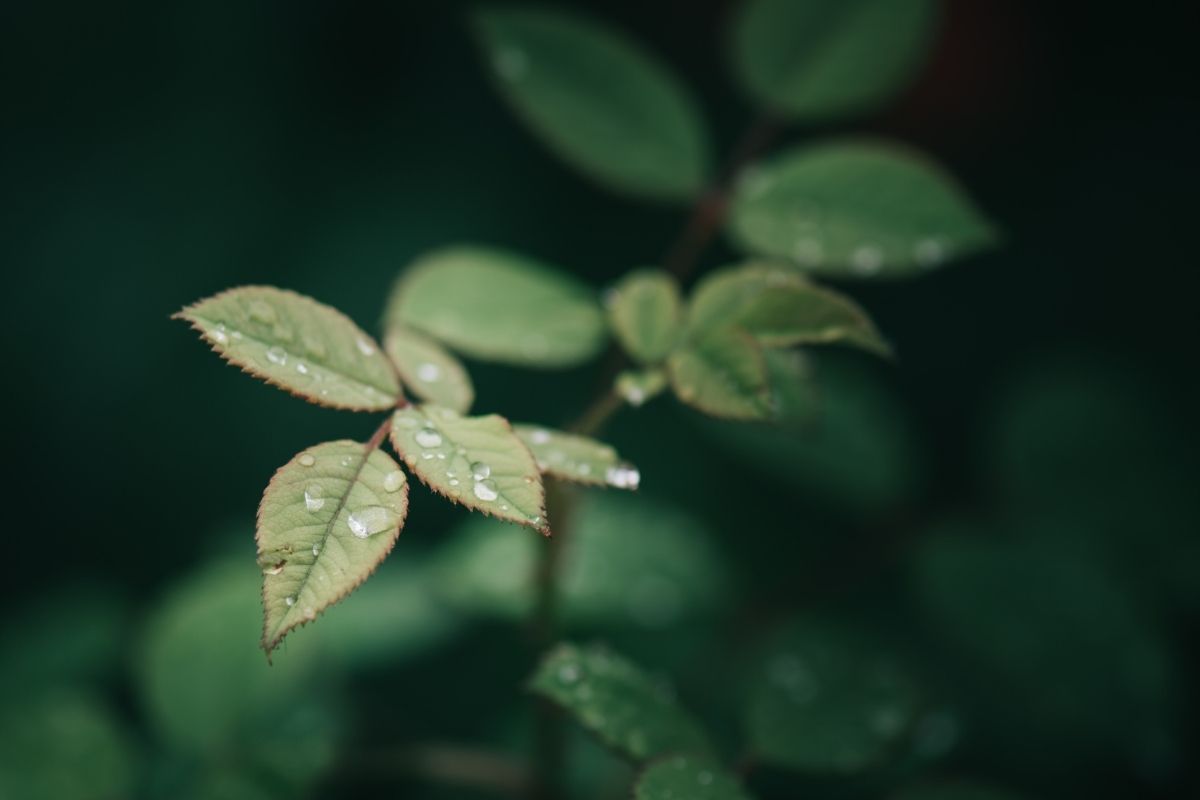
—
petal (n): cánh hoa
Typically colored segments of a flower
→ Often the same flower can have petals of several different colours.
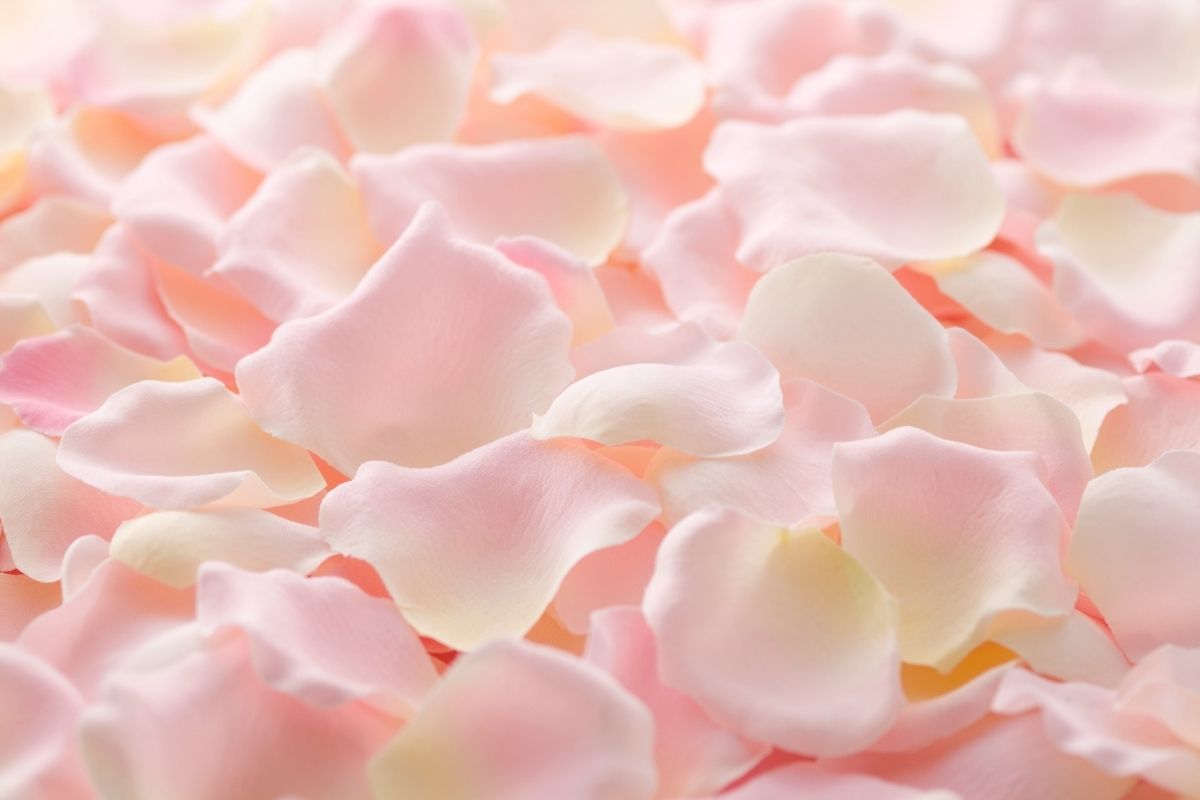
—
photosynthesis (n): sự quang hợp
The method in which green plants and other organisms use sunlight to process nourishment from water and carbon dioxide
→ However, some organisms can use it as a source of energy in photosynthesis.

—
plankton (n): sinh vật phù du
Organisms that occur in an area of water usually made up of small amounts of algae and protozoa
→ Most of the plant plankton are diatoms, one-celled plants.
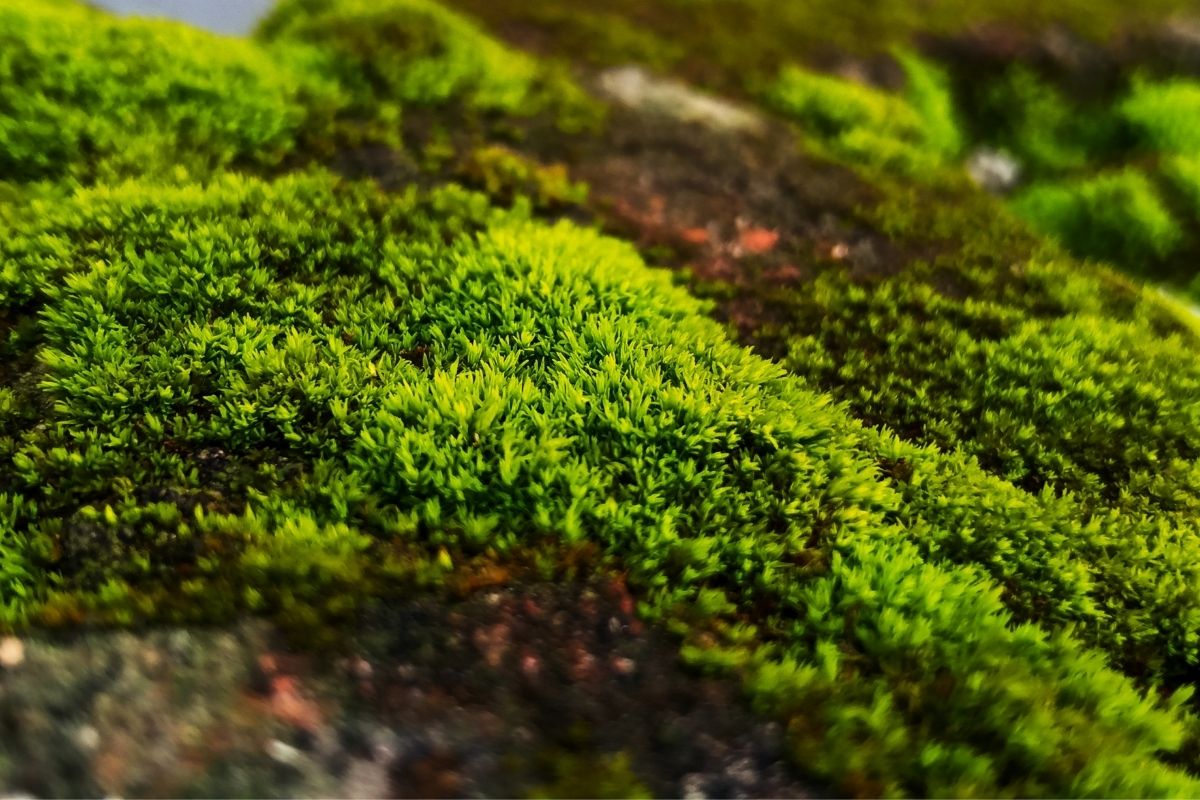
—
root (n): rễ cây
The part of the plant usually located by the ground that conveys nourishment
→ Moving through the soil, they make passages for air and water needed by plant roots.
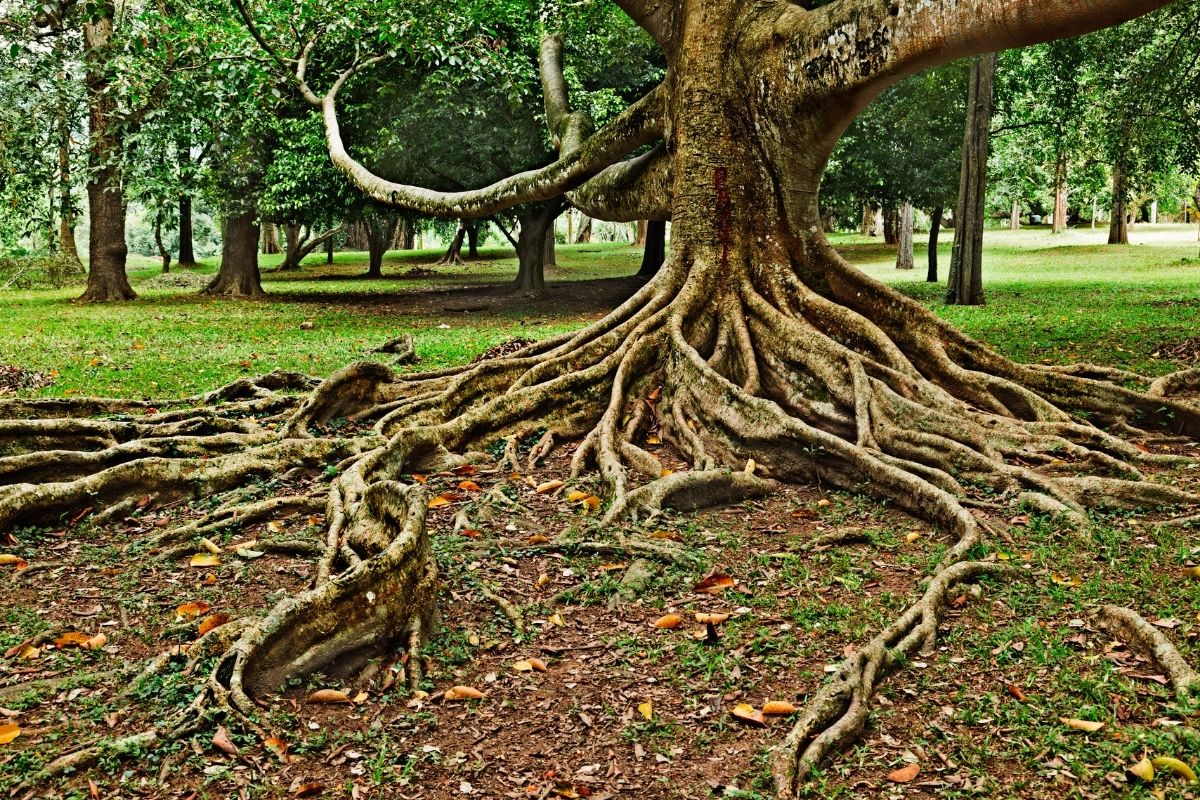
—
seed (n): hạt giống
The plant part that allows the rest of the plant to grow
→ Secondary growth occurs in most seed plants, but monocots usually lack secondary growth.
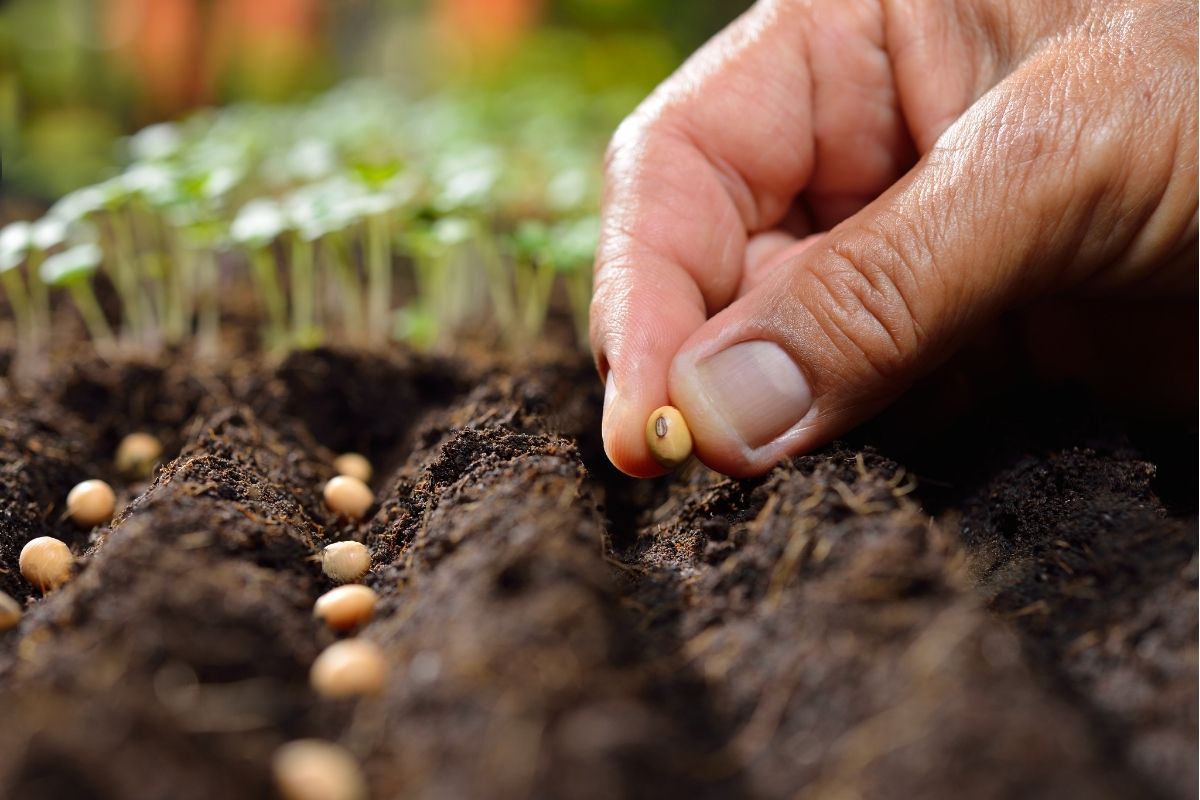
—
stem (n): thân cây, cuống lá
The supporting part of the plant that is usually above the ground
→ Since shoot branching can reduce the yield from a plant’s main stem, plant breeders like to reduce the number of branches in crop plants.

—
chloroplast (n): lạp lục
The area where photosynthesis takes place that contains chlorophyll
→ Endosperm chloroplasts have a characteristic lens shape when viewed in section with the electron microscope.
